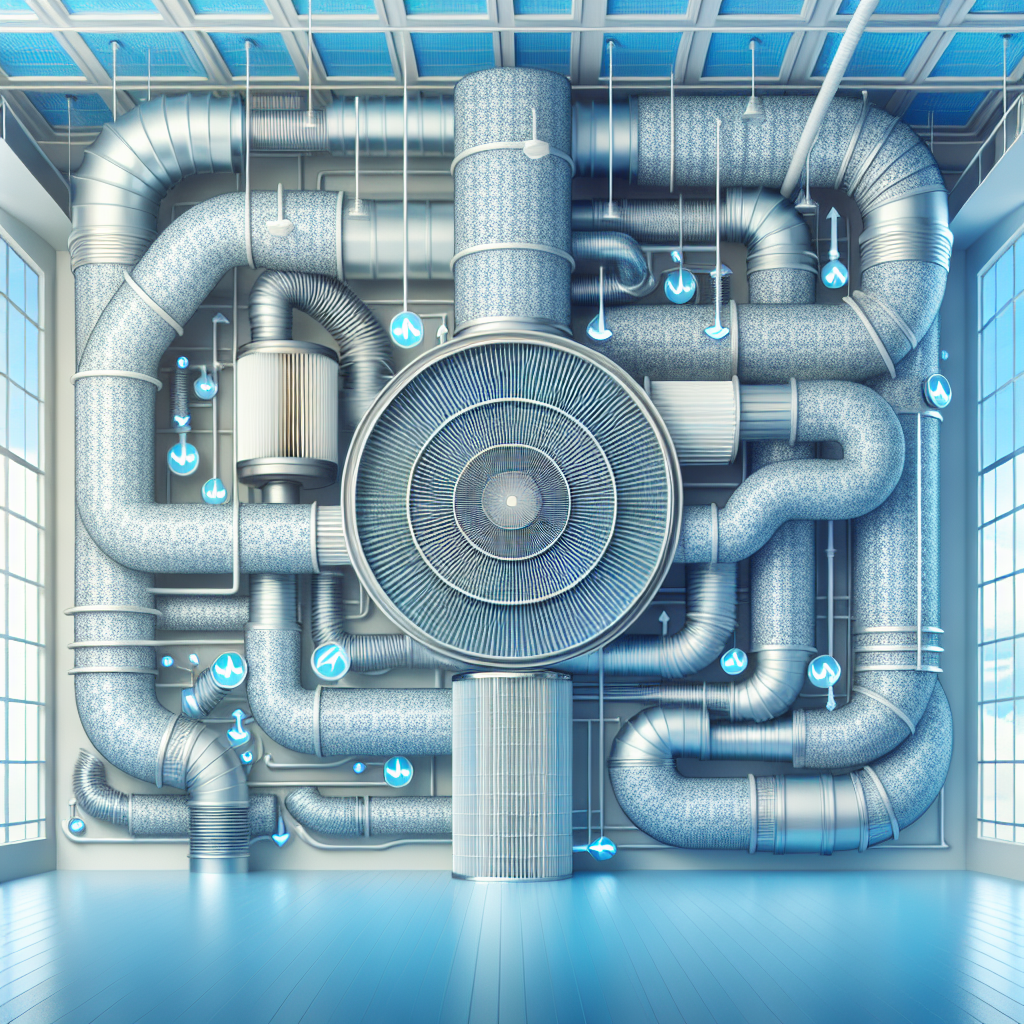Your cart is currently empty!
Ventilation Systems: A Guide to Improving Indoor Air Circulation

Ventilation Systems: A Guide to Improving Indoor Air Circulation
Indoor air quality is a crucial factor in maintaining a healthy living environment. Poor air circulation can lead to a build-up of pollutants and allergens, which can have adverse effects on your health. Ventilation systems play a key role in improving indoor air circulation and ensuring a constant supply of fresh air.
There are various types of ventilation systems available, each with its own set of benefits and drawbacks. Understanding the different options can help you choose the best system for your home or office.
1. Natural Ventilation: This is the simplest form of ventilation, relying on open windows and doors to allow fresh air to enter and stale air to exit. While natural ventilation is cost-effective and energy-efficient, it may not be sufficient to provide adequate air circulation in larger or more tightly sealed spaces.
2. Exhaust Ventilation: Exhaust ventilation systems use fans to remove stale air from a building, creating negative pressure that draws in fresh air through open windows or vents. This type of system is effective at removing pollutants and moisture from indoor spaces, but it may not distribute fresh air evenly throughout the building.
3. Supply Ventilation: Supply ventilation systems work by introducing fresh air into a building through fans or ductwork. This helps to maintain a positive pressure inside the building, preventing pollutants from entering through cracks and gaps. However, supply ventilation systems may not effectively remove stale air from the building.
4. Balanced Ventilation: Balanced ventilation systems combine exhaust and supply ventilation to provide a balanced airflow throughout a building. These systems use fans to both remove stale air and introduce fresh air, ensuring a constant supply of clean air. Balanced ventilation systems are ideal for maintaining good indoor air quality in all types of buildings.
In addition to choosing the right ventilation system, it is important to properly maintain and operate the system to ensure optimal performance. Regularly cleaning and replacing filters, checking for leaks or blockages, and adjusting airflow settings can help improve indoor air circulation and reduce the risk of pollutants accumulating in your home or office.
In conclusion, ventilation systems play a crucial role in improving indoor air circulation and maintaining a healthy living environment. By understanding the different types of ventilation systems available and taking steps to properly maintain and operate your system, you can ensure that your indoor air quality remains at a high standard. Investing in a quality ventilation system is a wise decision that can have long-lasting benefits for your health and well-being.

Leave a Reply